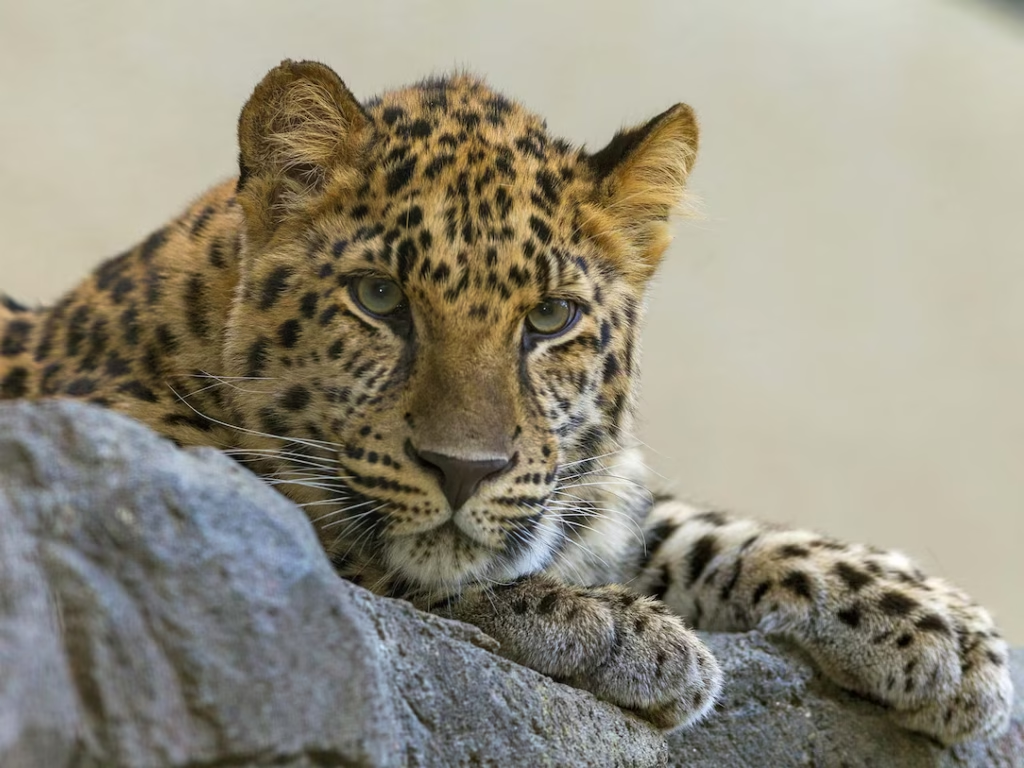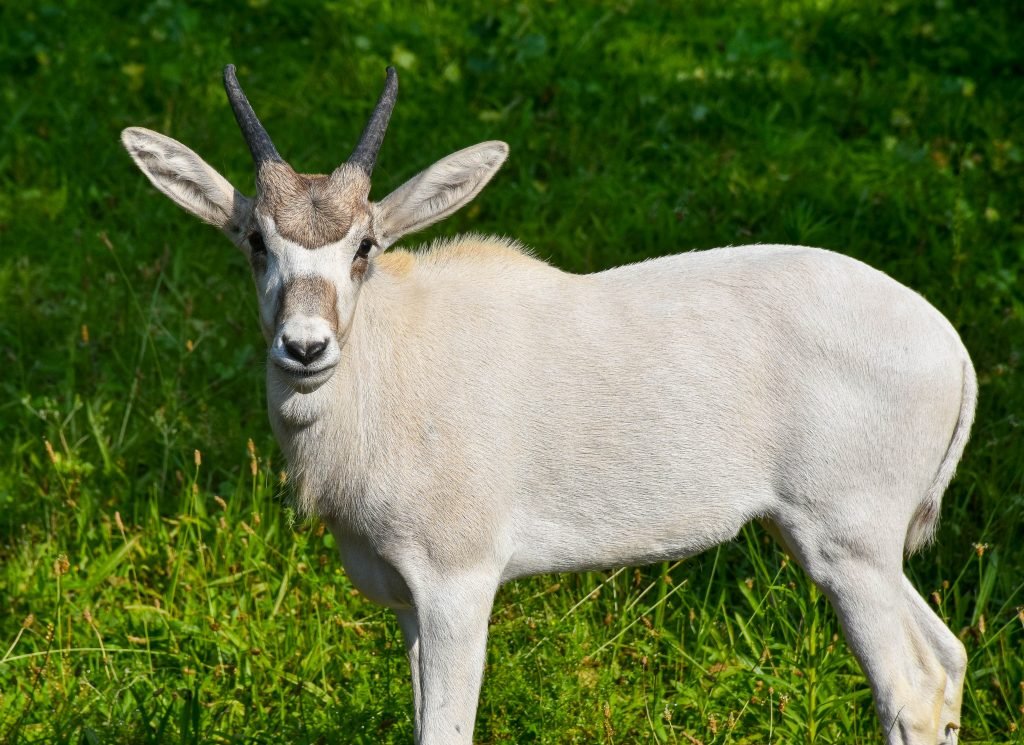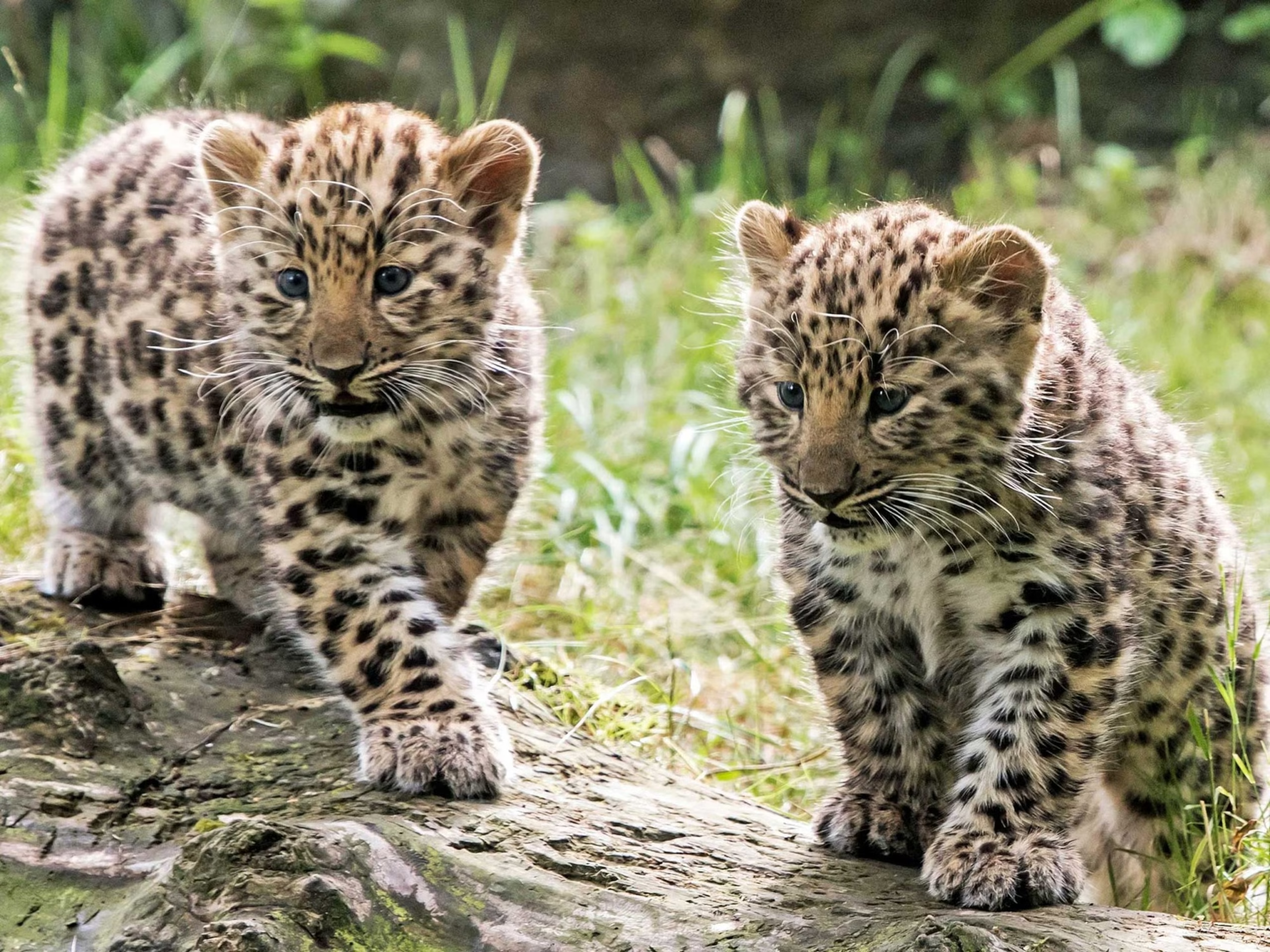Our planet is home to an astonishing variety of wildlife, from the majestic elephants of Africa to the mysterious creatures of the deep sea.
But while many species continue to thrive, others teeter dangerously close to extinction. Due to factors like habitat destruction, climate change, poaching, and pollution, some animals are disappearing faster than we can save them.
In this article, we’ll look at ten of the most critically endangered animals on Earth — species whose numbers have dwindled so severely that they could vanish within our lifetime.
1. Amur Leopard

With fewer than 100 individuals left in the wild, the Amur leopard is considered one of the rarest big cats on Earth. Native to the Russian Far East and northeastern China, this elusive leopard faces severe threats from habitat loss, poaching, and inbreeding. What makes the Amur leopard unique is its ability to survive in harsh, snowy climates — a rare trait among leopards.
Despite ongoing conservation efforts, their fragmented habitat continues to limit the population’s ability to grow.
2. Javan Rhino
Once found throughout Southeast Asia, the Javan rhinoceros is now confined to a single park in Indonesia — Ujung Kulon National Park. Only about 80 individuals remain, making them one of the rarest large mammals in the world.
Poaching and habitat encroachment are constant threats, but the biggest challenge is their limited range. One natural disaster or disease outbreak could wipe them out completely.
3. Vaquita
The vaquita is a small, shy porpoise that lives only in the northern part of the Gulf of California, Mexico. As of recent estimates, fewer than 10 vaquitas remain.
Their primary threat isn’t direct hunting, but becoming accidentally entangled in fishing nets meant for other species. Despite bans on gillnet fishing in their habitat, enforcement is difficult and illegal fishing continues.
4. Mountain Gorilla
The mountain gorilla lives in the dense forests of central Africa, particularly in Rwanda, Uganda, and the Democratic Republic of Congo. Although conservation work has helped their numbers climb to around 1,000, they remain highly vulnerable.
Habitat destruction, poaching, disease (especially from humans), and political instability all contribute to their precarious existence. Their survival is a testament to decades of international conservation efforts, but the work is far from over.
5. Saola

Often called the “Asian unicorn,” the saola is one of the world’s rarest and most mysterious animals. Discovered only in 1992 in the Annamite Mountains on the Laos-Vietnam border, the saola has been spotted only a handful of times in the wild.
Very little is known about its behavior or ecology, which makes protecting it even more challenging. Habitat loss from logging and infrastructure development is the main threat to this gentle antelope-like species.
6. Yangtze Giant Softshell Turtle
This critically endangered turtle, found in China and Vietnam, is believed to have only three known individuals left. Captive breeding programs have so far failed to produce offspring, largely due to the turtles’ advanced age and health complications.
This species is symbolic of the damage done to freshwater ecosystems by pollution, damming, and human development.
7. Northern Bald Ibis
Once widespread across Europe, the Middle East, and North Africa, the northern bald ibis is now mostly confined to a few areas in Morocco, Turkey, and parts of the Middle East.
Recognizable by its bald head and long, curved beak, this bird suffered steep declines due to hunting, habitat loss, and pesticide use. Recent reintroduction programs have shown promise, but wild populations remain fragile.
8. Tapanuli Orangutan
Only identified as a distinct species in 2017, the Tapanuli orangutan is already the most endangered great ape on Earth. Fewer than 800 individuals are thought to exist in a tiny area of Sumatra, Indonesia.
The main threat is deforestation caused by palm oil plantations, mining, and hydroelectric projects. Because of their extremely limited range, even minor disruptions to their habitat can have catastrophic effects.
9. Axolotl
The axolotl is a type of salamander found only in the lakes and canals of Xochimilco, near Mexico City. Revered by the Aztecs and often kept in laboratories for its incredible ability to regenerate limbs, the axolotl is functionally extinct in the wild.
Urbanization, pollution, and invasive species have devastated its natural habitat. Fortunately, axolotls are bred in captivity, which may offer hope for future reintroductions.
10. Addax

Also known as the white antelope, the addax is perfectly adapted to life in the Sahara Desert. Unfortunately, overhunting and habitat disruption have reduced wild populations to possibly fewer than 100 individuals.
The good news is that addax have been successfully bred in captivity and reintroduced in parts of their former range, but they remain critically endangered in the wild.
Final Thoughts
Each of these species represents more than just an entry on a list. They’re a reminder of how fragile life on Earth can be when ecosystems are pushed to the brink. The disappearance of any species impacts not only the environment but also the cultural, ecological, and even economic fabric of the regions they inhabit.
Conservation isn’t just about saving animals — it’s about preserving the health of our planet as a whole. It’s about finding a balance between human progress and the natural world we’re a part of. With international cooperation, funding, and awareness, we can still turn the tide for many of these creatures.
Let’s not wait until it’s too late.

